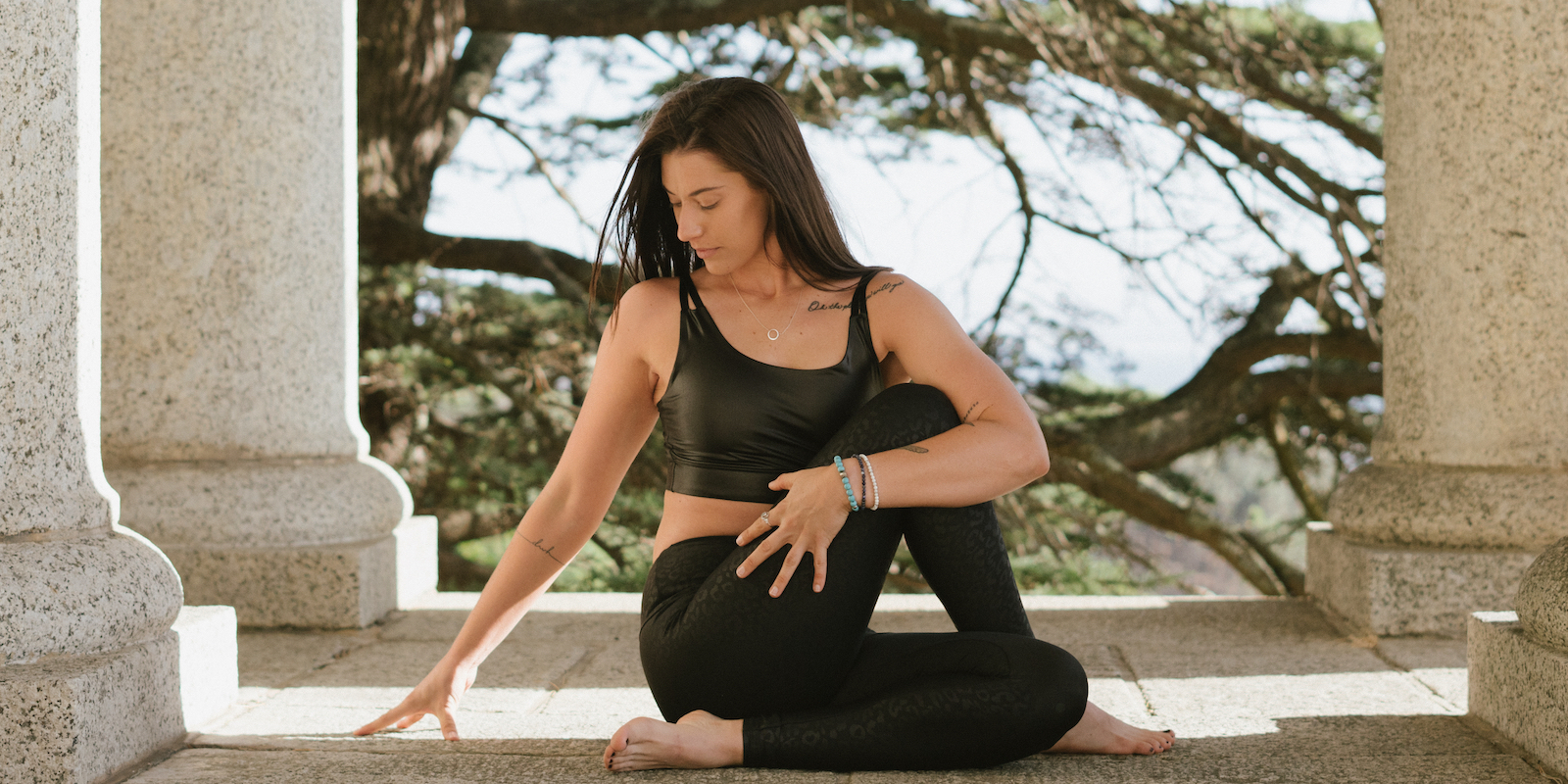
If you focus on your physical well-being, it may be time to also invite your mind to join the journey.
With the graduate school semester behind me, I’ve finally prioritized some well-deserved self-care and enrolled in a nearby yoga studio. My yoga practice has been sporadic amidst all that’s happening globally and the additional time constraints of graduate studies alongside a full-time job. Yet, since I have so much on my plate, it’s vital that I carve out time for self-care as well.
Although my yoga sessions have been less frequent over the past few months, with me participating in outdoor classes just once a week, I’ve been working on developing something else. I’ve begun to take mindfulness and meditation much more seriously over the last year. My experiences range from personal quiet time to a trial with Calm to meditation classes on Clubhouse. Initially, it felt like an uphill battle, but now that I’ve established firmer routines around meditation, I find it much easier to be mentally present when I unroll my mat for yoga practice.
For some yoga practitioners, mindful awareness is the most overlooked aspect. You might be physically on the mat, executing the poses, while your mind is racing elsewhere at lightning speed. The more stress and obligations one has in life, the tougher it becomes to disconnect from everything and simply embrace the present moment.
Synchronizing your movement with your breath is just as vital in yoga as mastering the poses themselves. In my earlier years of practice, I consistently underestimated the significance of breathing techniques. I attempted to both maintain the pace of the practice and regulate my breath, but for beginners, coordinating everything simultaneously proves challenging. While I took my alignment and smooth transitions between poses very seriously, I neglected to fully grasp the importance of breath.
Looking back, I now discern the limitations of my earlier approach. Breath is genuinely a huge component of yoga. It’s difficult to breathe with awareness when your focus is on building strength and flexibility, but truly coordinating your movements with your breath, as instructors always recommend, compels you to be more present. It’s immersive and engaging. It demands significant concentration to align your movements with your breath.
Even if it appears exceedingly challenging at first, similar to my experience, persist with your practice. As the poses become increasingly familiar and somewhat simpler, the act of breathing through them begins to feel more intuitive. Synchronizing movement and breath can transform each pose into an occasion. You prepare for each moment as you inhale and exhale, enhancing the sensation and stretch of every pose. When enveloped by these feelings, being mindfully present in your session becomes significantly easier.
In moments of stillness, counting your breaths is profoundly grounding. It’s a straightforward practice — tally how many seconds elapse during your inhalation and exhalation. This approach is commonly recommended when entering meditation, as it engages your mind in something related to your current action. Frequently, when consumed by racing thoughts, the content in your mind bears little connection to your physical activities. For instance, while driving, you don’t usually contemplate the act of driving every moment you’re at the wheel.
If you struggle to silence your thoughts, counting each breath can serve as an excellent grounding strategy. I used to find it impossible to quiet my mind. The simple, rhythmic act of counting significantly eased my path toward true meditation.
Moreover, if you’re approaching the relaxation phase of a yoga session, intentionally lengthening your exhalations can be beneficial. This technique has been shown to lower your heart rate. If you’re interested in the science behind it, extending your exhales beyond your inhales activates the parasympathetic nervous system, aiding in relaxation. It’s an excellent method to ease into shavasana.
Visualization techniques can effectively calm turbulent thoughts. If your mind refuses to halt, try redirecting it towards something more soothing. Engaging in visualization requires considerable mental effort to maintain focus.
During shavasana at a studio that always played music, I began exploring visualization since I struggled to quiet my mind. To combat the distraction, I would visualize images that resonated with the music. At times, I imagined myself floating when the sound had a nautical vibe. Other times, I visualized colors swirling around in abstract patterns.
Visualization is deeply personal and subjective. If it proves beneficial, you could attempt visualizing